During election time, I have a tradition to review published political platforms. To date only 3/5 parties have published these as seen below. In 1/5 I review what the Liberal pitch.
- Liberal Party of Canada – Canada Strong, Document, website
- Bloc Québécois – Choisir le Québec, Document, website
- Green Party of Canada – Change, Vote for it, Document, website
- Conservative Party of Canada – Canada First for a Change – Document????, website
- New Democratic Party of Canada – Made for People, Built for Canada – Document???, website
My methodological process is very rudimentary, guerrilla testing like & expedient: I download the document, I peruse, do a word search for data related matters, take some screen captures & count the incidence of the use of the term & do a cursory assessment of the term is used for some context.
1/5 the Liberal Party of Canada Platform
Here is what I saw in the Liberal Party of Canada, Canada Strong Platform. This is what I look at:
- openness, followed by
- mis/disinformation,
- connectivity,
- earth observation, followed by
- data, technology, AI and
- digital closing with
- other data & technology related topics
- full count
Openness
I have been watching openness since the early 2000s, especially during the Harper years (2006-2011) & especially after the cancellation of the long-form Census (2011) and during COVID. Openness was prominent in platforms in 2006 but alas, no it is more. Not even ethics! This is of concern as w/so much new money going into data, digital, AI, Innovation and technology projects, one would think that accountability in terms of procurement and contracting; as is transparency and ethics. It is most disconcerting as the platform mentions reducing ‘red tape’ in terms of technology & digital & AI procurement. Open science, is also absent, odd considering the focus on AI and the 3 main AI centres and the AI Data Act. Science is mentioned in terms of R & D & investment, but alas, not the social sciences (0) and universities were mentioned twice but only Nunangat University and the First Nations University while data science or critical data science education were not discussed. There is also nothing about measuring the impact of investments and related indicators to monitor the progress of decisions.
- Open Data = 0
- Open Government = 0
- Open Science = 0
- Ethics = 0
- Indicators = 0
- Accountability = 2 (w/CBC)
- Transparency = 4 (w/labeling in supply chains, risk disclosure for energy, corporate taxes & budget)
- Science = 6 (R&D, investment in startups, research)
Mis/Disinformation & fake news
Mis/Disinformation & fake news have been of concern during elections since Brexit & the Cambridge Analytica Scandal as discussed in the 2018 UK Information Commissioner Office Democracy Disrupted: Personal information and political influence. Elections Canada has also been monitoring the social media information ecosystem for interference as seen in their Democratic Processes–Protecting Against Threats to the Electoral Process. This is such an important sovereignty issue, and considering that sovereignty was mentioned 42 times in the platform. This is what I counted:
- Social Media = 0
- Misinformation = 0
- Data Brokers = 0
- Ethics = 0
- AI (the role of) = 0 (even though there is important investment)
- Disinformation = 2 (w/against US media & tools to track – both CBC)
Connectivity
Connectivity is required to move data, and I would have expected a conversation about communication satellites especially in light of the cancellation of Starlink contracts & conversations of digital sovereignty, high costs, and AI investment & compute needs, but alas only 1 mention of rural broadband, 1 for high speed but in the context of AI, but not internet nor the digital divide. Data centres are mentioned twice but not cloud computing, while AI is mentioned 30 times. How are data supposed to move without infrastructure investment in connectivity with all the new data centres and new monies in this field? In terms of infrastructure only 2 of the 55 mentions, discussed connectivity. Also, what of Indigenous communities and connecting the North, even with addtional EO monitoring and surveillance?
- Broadband = 1 (rural)
- Internet = 0
- Digital Divide = 0
- Cloud computing = 0
- High speed = 1 (w/AI)
- Data Centres = 2 (w/AI, industry)
- Satellites = 2 (Monitor the North, Monitor the Oceans & w/GPS & Drones)
- Infrastructure = 55 (53 for hard & social infrastructure, 1 w/digital & 1 high speed)
Earth Observation(EO) w/ Eyes in the sky
Earth Observation w/ Eyes in the sky as in radar and earth observation (EO) satellites are back, they were a political issue in 2017 when the sale of Radarsat to Lockheed Martin was stopped for sovereignty reasons, and now satellites, drones, GPS and radar to monitor borders, coasts, the North, The Arctic, the seas, the air and underwater tool. The remote sensing folks might get a major R & D boost and the platform is mostly about the North.
- Radar = 2 (w/monitoring the Arctic)
- Satellites = 2 (Monitor the North, Monitor the Oceans & w/GPS & Drones)
- Drones = 3 (persistence presence in the Arctic, to survey the seas and boders)
Data & Technology
Data & Technology, data are inseparable from the tools & technologies used to create and generate them and in this platform, arguably most of the big promises involve data and systems to management them, including supply chains and logistics, and of course EO technologies part of these. Here I focus on what was mentioned, not what is implied as Data (15), AI (30), Technology (27) & Digital (12).
- Data (15) – this is the first time I see data & sovereignty mentioned but limited to monitoring transactions to protect the economy and cross border data exchange, it is also mentioned in terms of sharing & access to health care data where they can follow you regardless of which jurisdiction you are in, the usual suspects such as data storage, data centres, and data analysis for surveillance are mentioned, but also data collection to monitor the environment, & women’s health. There is no mention of data governance, or of a data strategy, nor the means to protect people from the harms of data brokers, AI, mental health apps and so on and no mention of open data!
- AI (30) – There is no AI without data, thus the surprise at the lack of data governance and a data strategy, but also, there ought to also no AI without ethics! The Artificial Intelligence and Data Act (AIDA) is also not mentioned, but AI in terms of AI military support, surveillance & security, (6), Canadian economy and innovation (3); AI infrastructure, AI-powered data analysis to protect shores, AI to monitor & protect fresh water, AI to support innovation, AI to ensure competitiveness, AI for better service deliverly, AI & Energy, investment in AI training, adoption & commercialization, AI tax incentives, AI to support AI research such as Mila, Vector, Amii (how did they get such an honourable mention?) & AI to grow the ecosystem; AI procurement & a new Office of Digital Transformation, the support for mid-level career AI education, AI & cybersecurity, AI to improve the public service delivery. This is a very technologically solutionist & industry & approach, but not much in the way of AI for wellbeing; there is not discussion of AI & its ecological footprint, & AIDA. The new office of Digital Transformation is of concern as it is about centralizing, speeding up decisions and reducing red tape in terms of AI procurement
- Technology (27) – although frequently mentioned, it is not so much ICTs, and when it is, it is for advanced R & T and defence BOREALIS; drone fleets; AI tech solutions, fraud detection solutions for CRA, for the public service and water security technology, the rest are green tech, clean tech, carbon storage related tech (3) and as capital investment. The bulk of the technology discussion is surveillance and the military, but it is very nice to see a focus on green tech and clearly AI is tech but they are not mentioned together often.
- Digital (12) – Here it is about building a digital AI infrastructure, digital supply chains, digital tools for the news, digitalization, digital health, marine digital solutions, digital innovations & patents, improving the public service with a new Office of Digital Transformation to improve the Canadian tech sector but also to reduce red tape, and we know how well that is going in the south!!! .
Other data & technology related topics
Here are frequently mentioned topics that are related to data, but alas, I had to stop somewhere in terms of analysis. It is surprising though that Digital Sovereignty is not a major issue!
- Climate (28) Supply chain (14), Carbon (20), Net-Zero (2) and of course Sovereignty (42) but not data sovereignty.
The full list in order of the # of mentions in the Liberal Platform.
- Open Data = 0
- Open Government = 0
- Open Science = 0
- Social Media = 0
- Cloud computing = 0
- Data Brokers = 0
- Digital Divide = 0
- Ethics = 0
- Indicators = 0
- Internet = 0
- Misinformation = 0
- Broadband = 1 (rural)
- Connectivity = 1 (w/electricity)
- High speed = 1 (w/AI)
- Data Centres = 2 (w/AI, industry)
- Disinformation = 2 (w/against US media & tools to track – both CBC)
- Radar = 2 (w/monitoring the Arctic)
- Satellites = 2 (Monitor the North, Monitor the Oceans & w/GPS & Drones)
- Accountability = 2 (w/CBC)
- Drones = 3 (underwater & air & borders)
- Transparency = 4 (w/labeling in supply chains, risk disclosure for energy, corporate taxes & budget)
- Science = 6 (R&D, investment in startups, research)
- Digital = 12 (see breakdown below)
- Data = 15 (see breakdown below)
- Technology = 27 (see breakdown below)
- Climate = 28 (see breakdown below)
- Artifical Intelligence (AI) = +/-30 (see breakdown below)
- Infrastructure = 55 (53 for hard & social infrastructure, 1 w/digital & 1 high speed)
- New concepts I do not recall ever being so prominent:
- Climate (28) Supply chain (14), Carbon (20), Net-Zero (2) and of course Sovereignty (42).
That is all for now folks, happy easter!




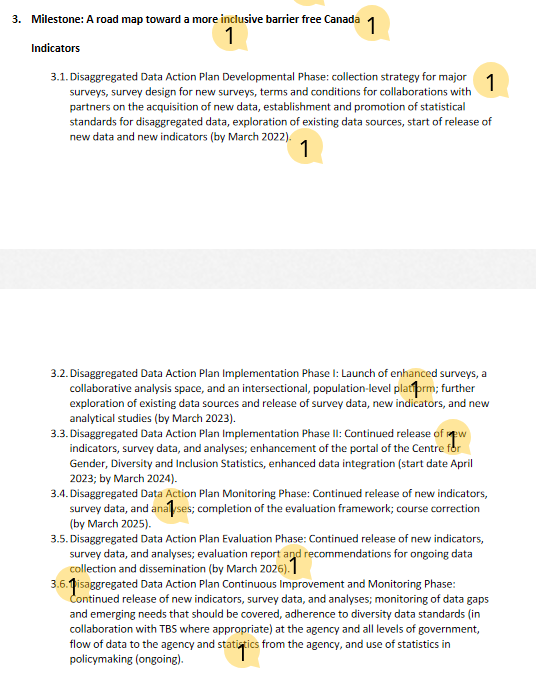
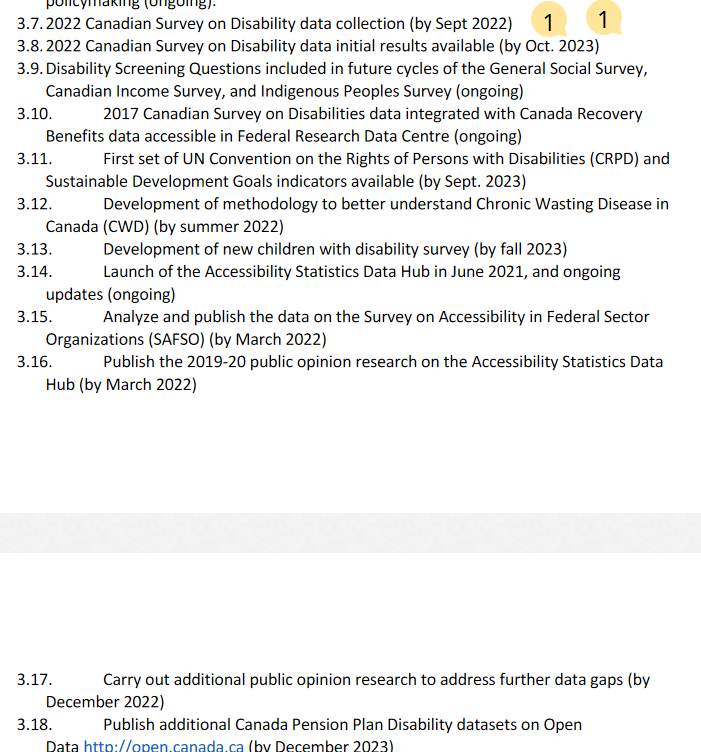
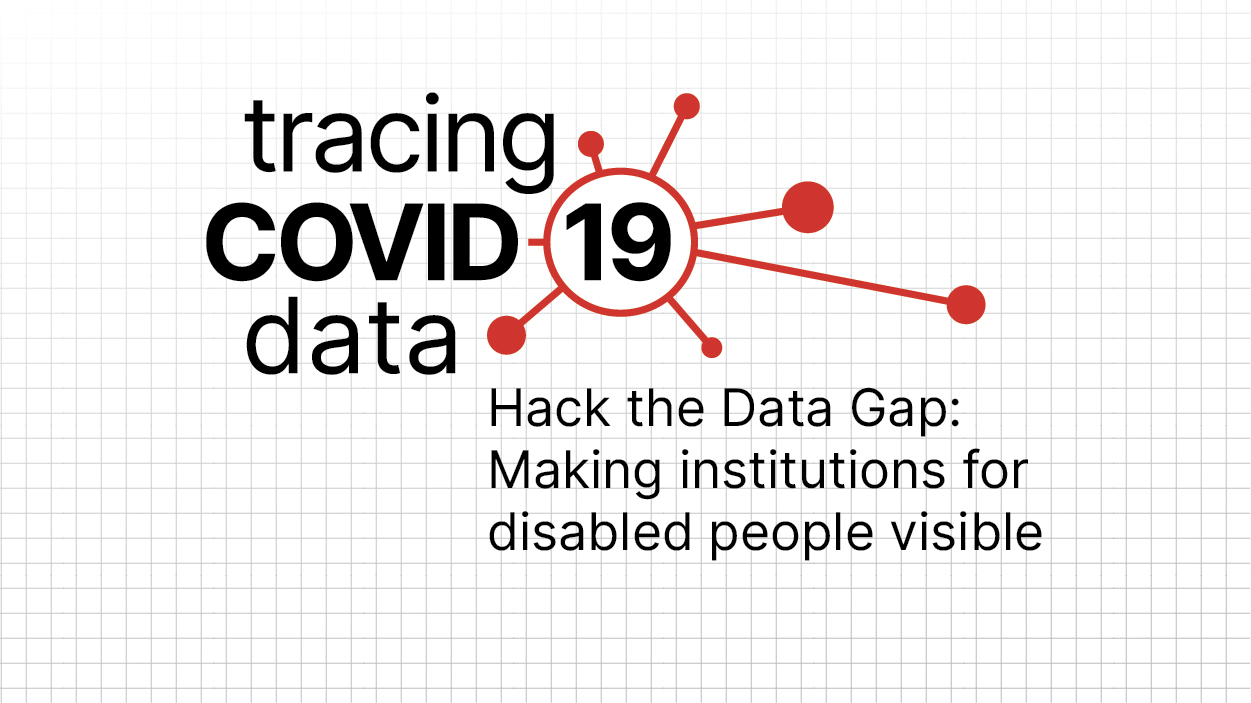

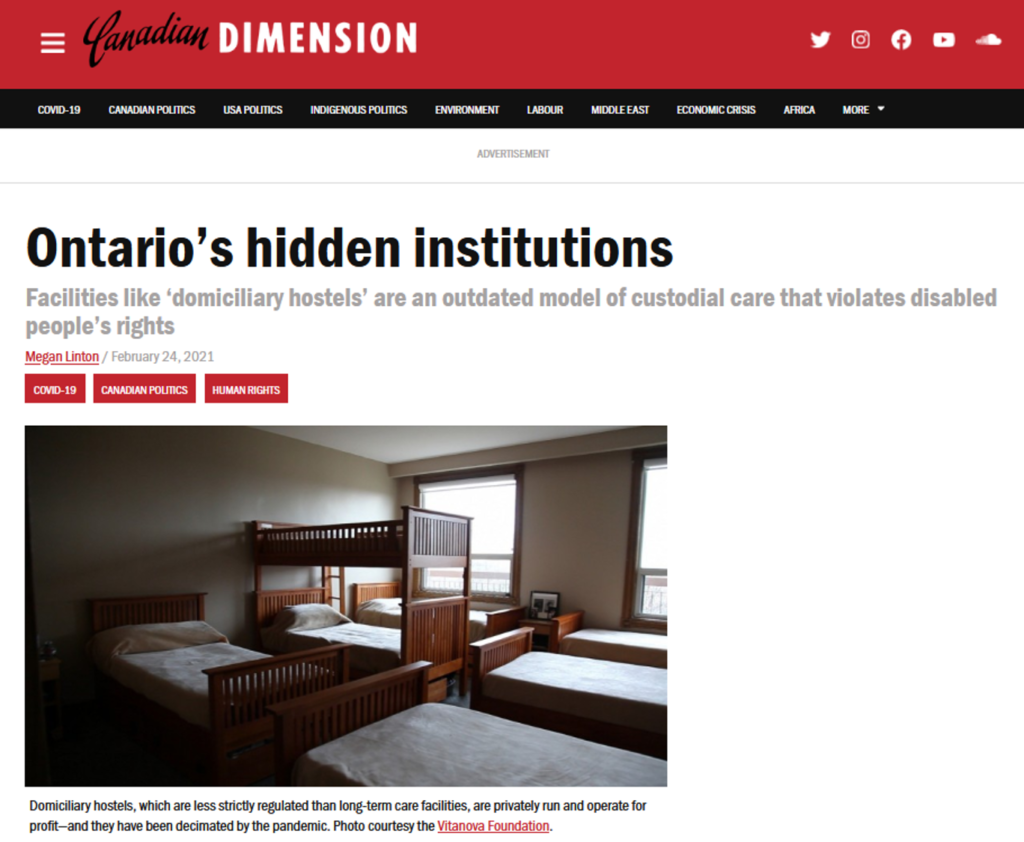





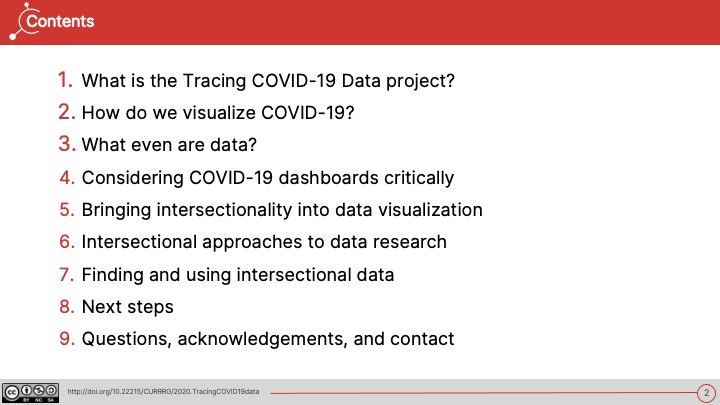
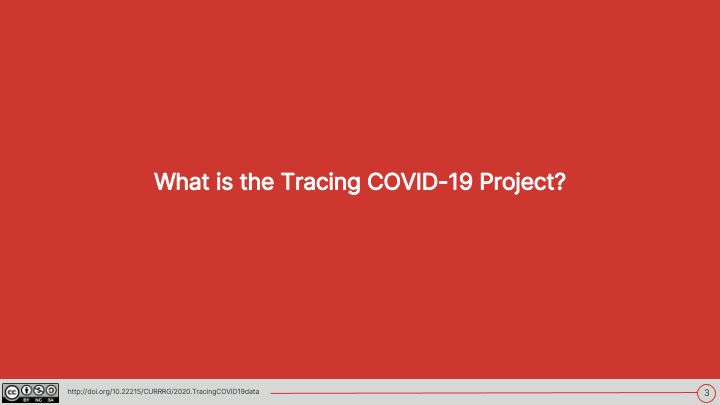
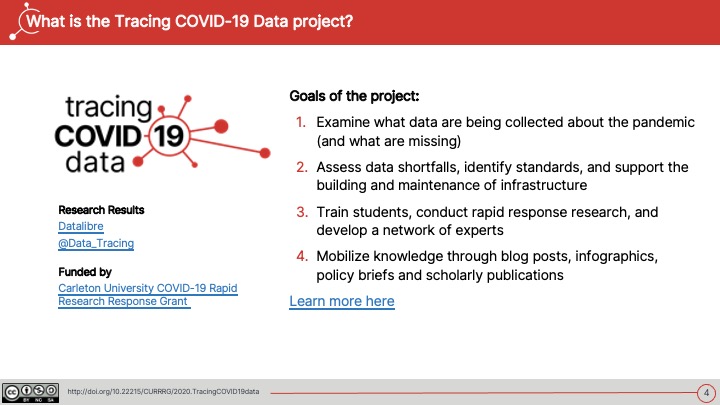
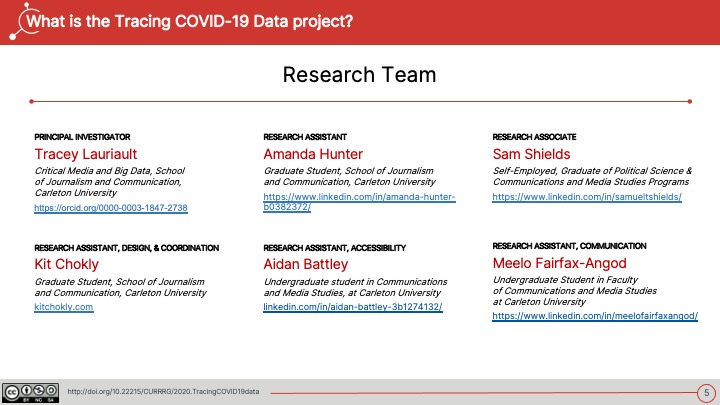
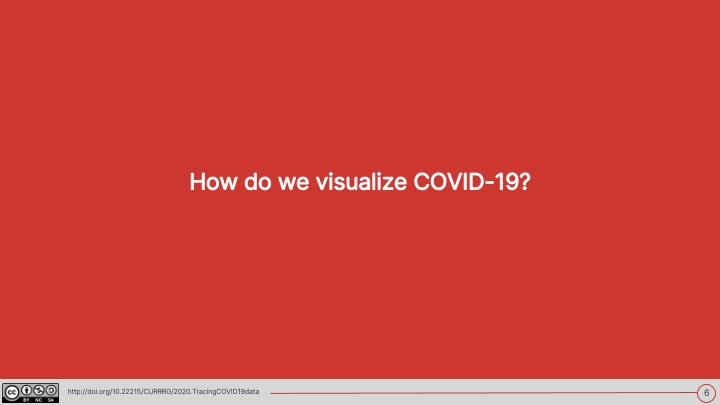
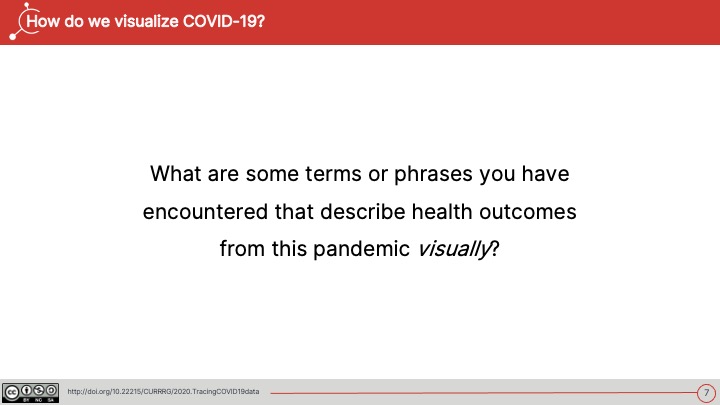
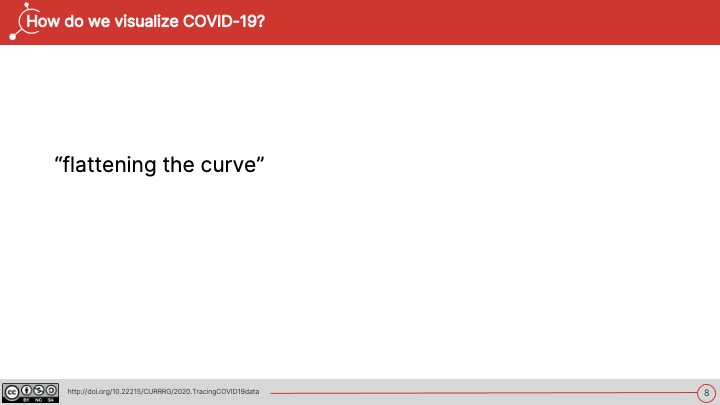


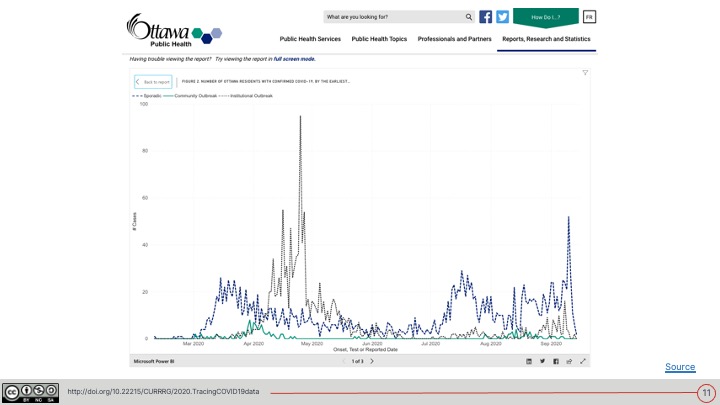
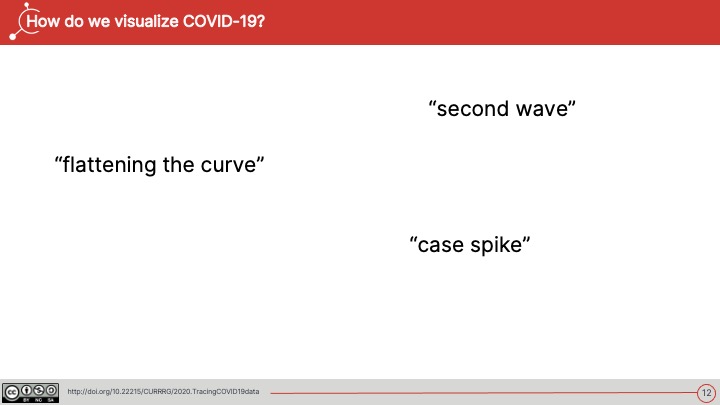

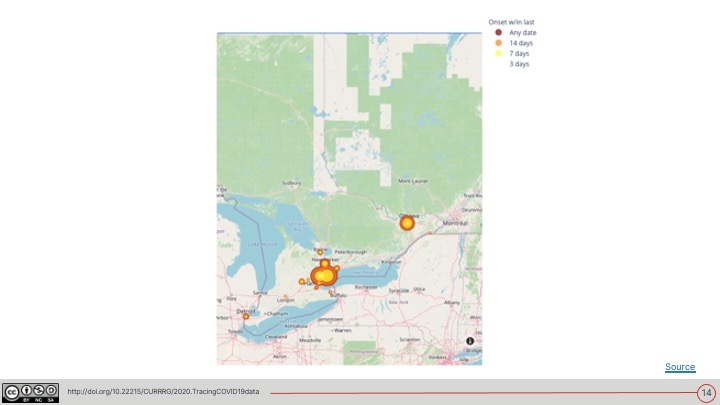

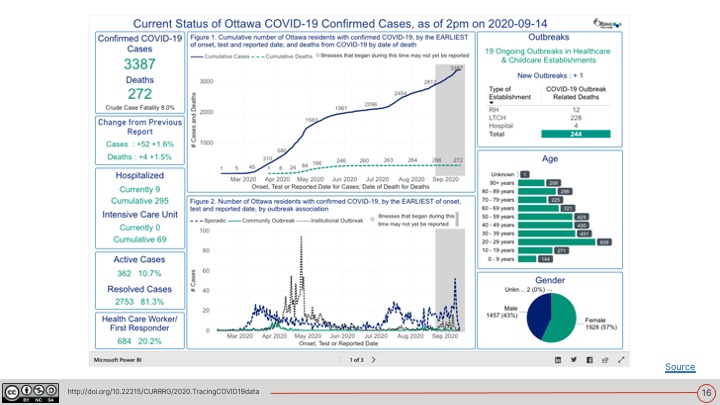
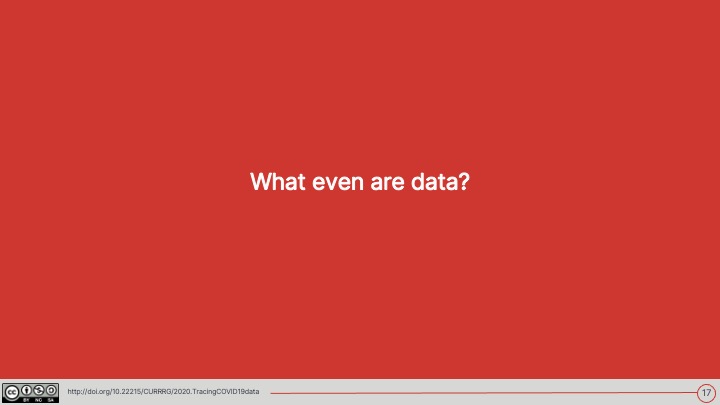
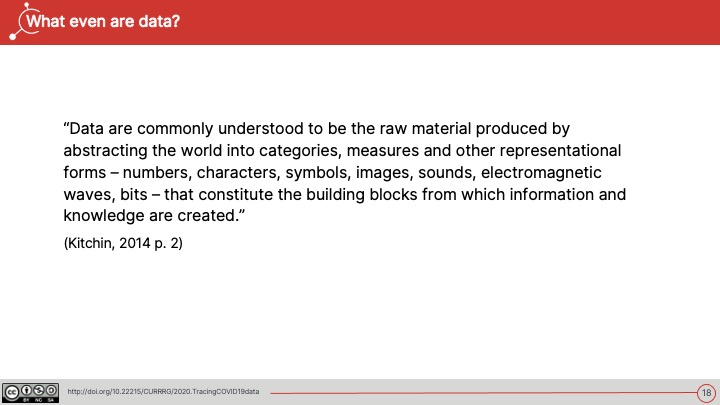

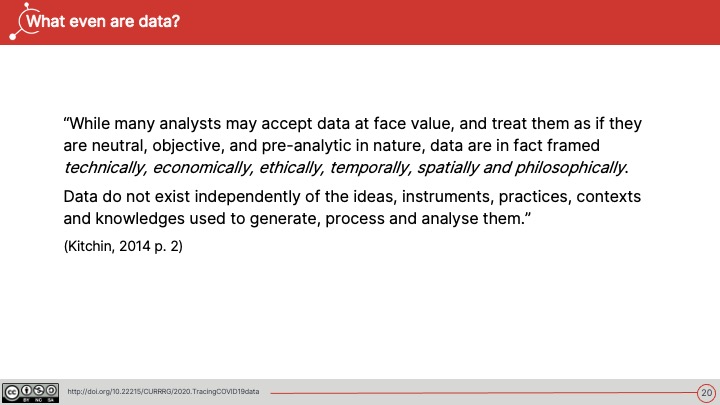

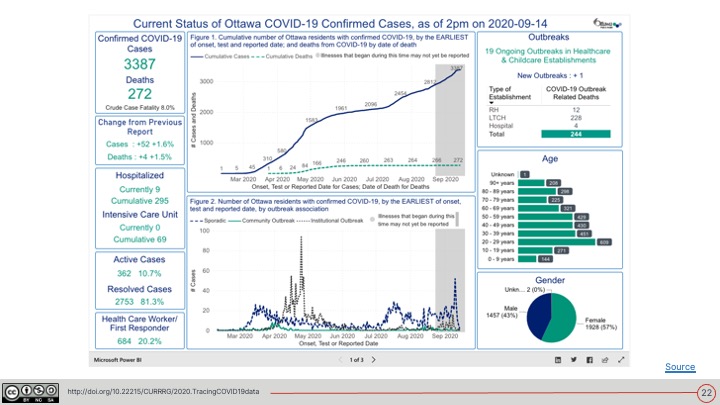

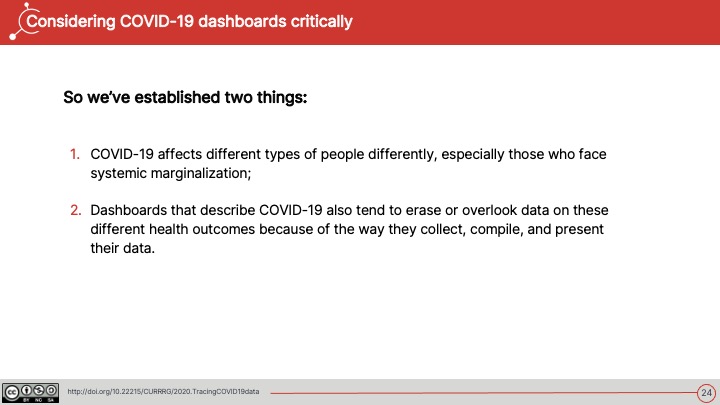
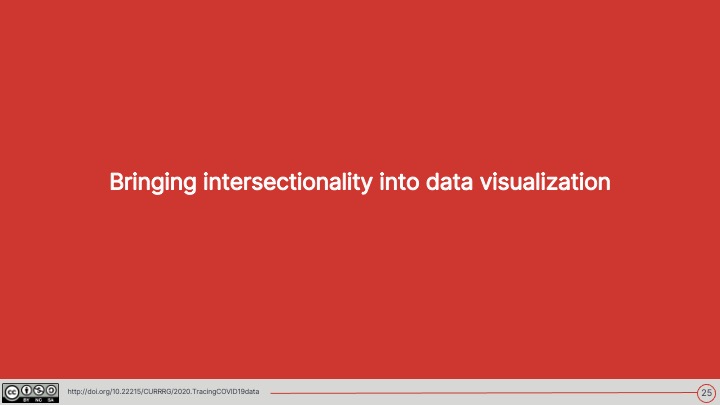
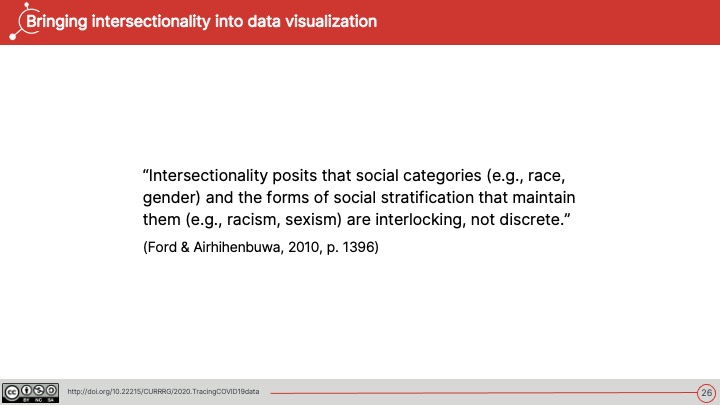
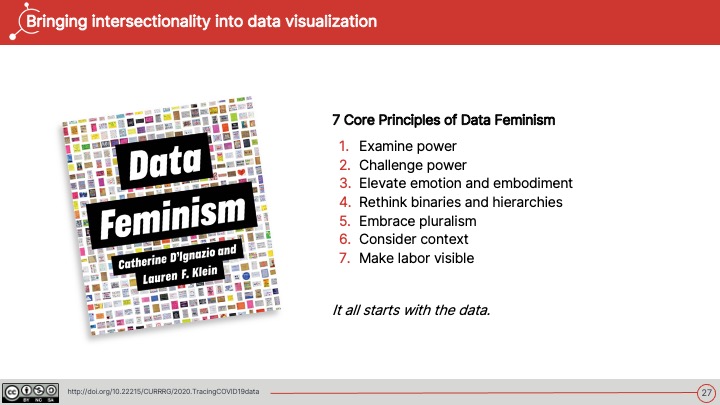

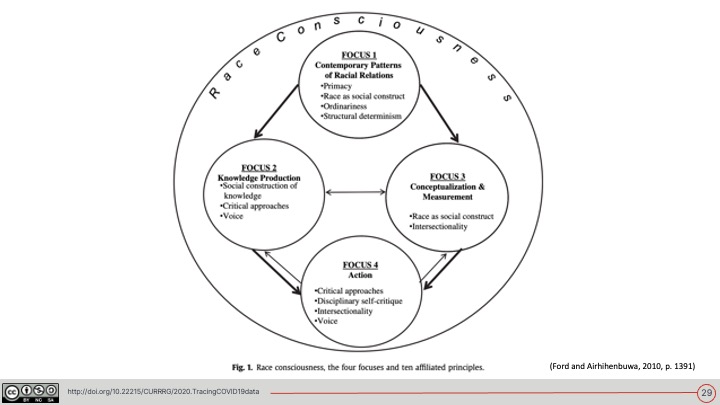
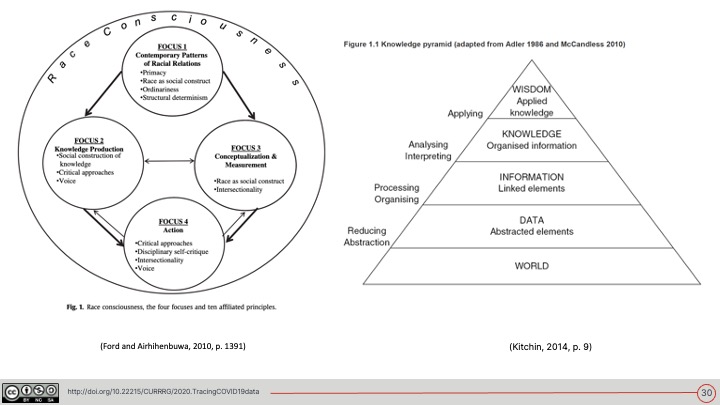
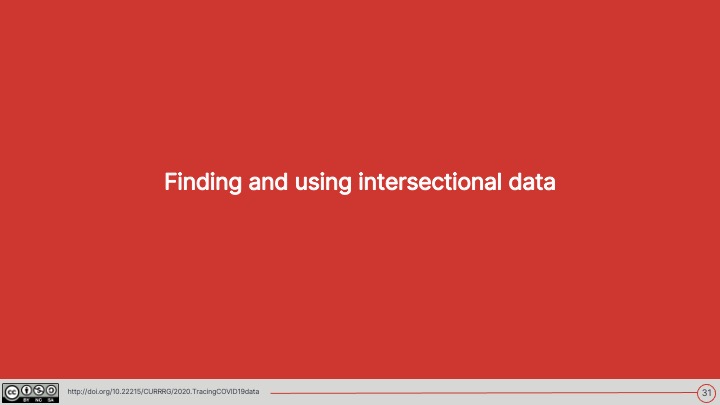
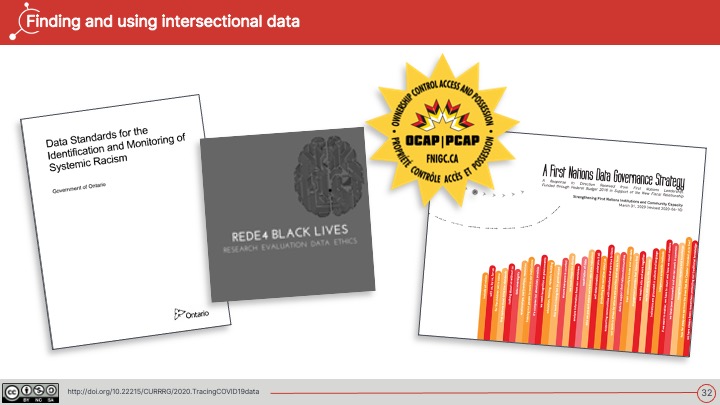
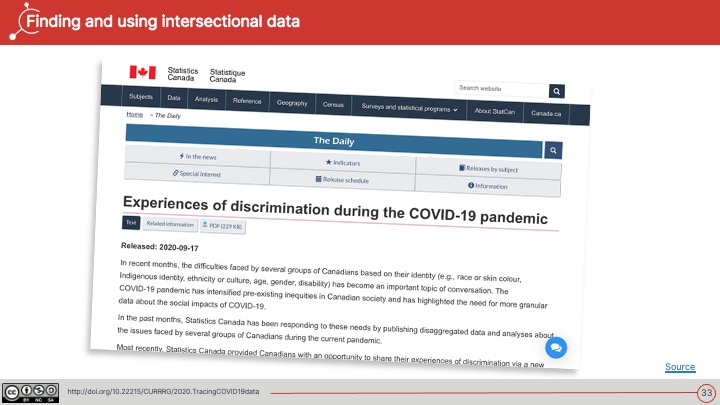

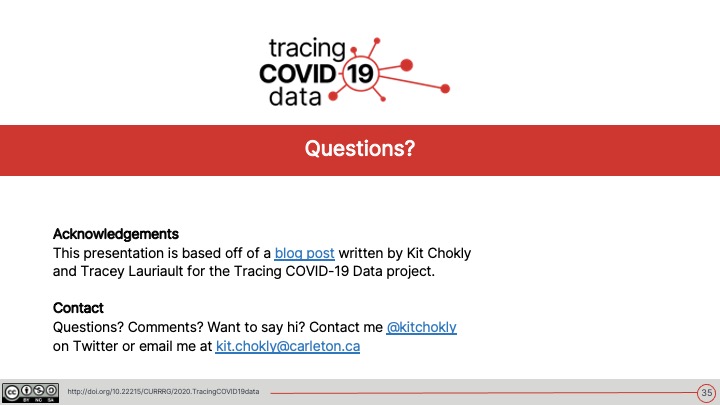
Comments on Posts